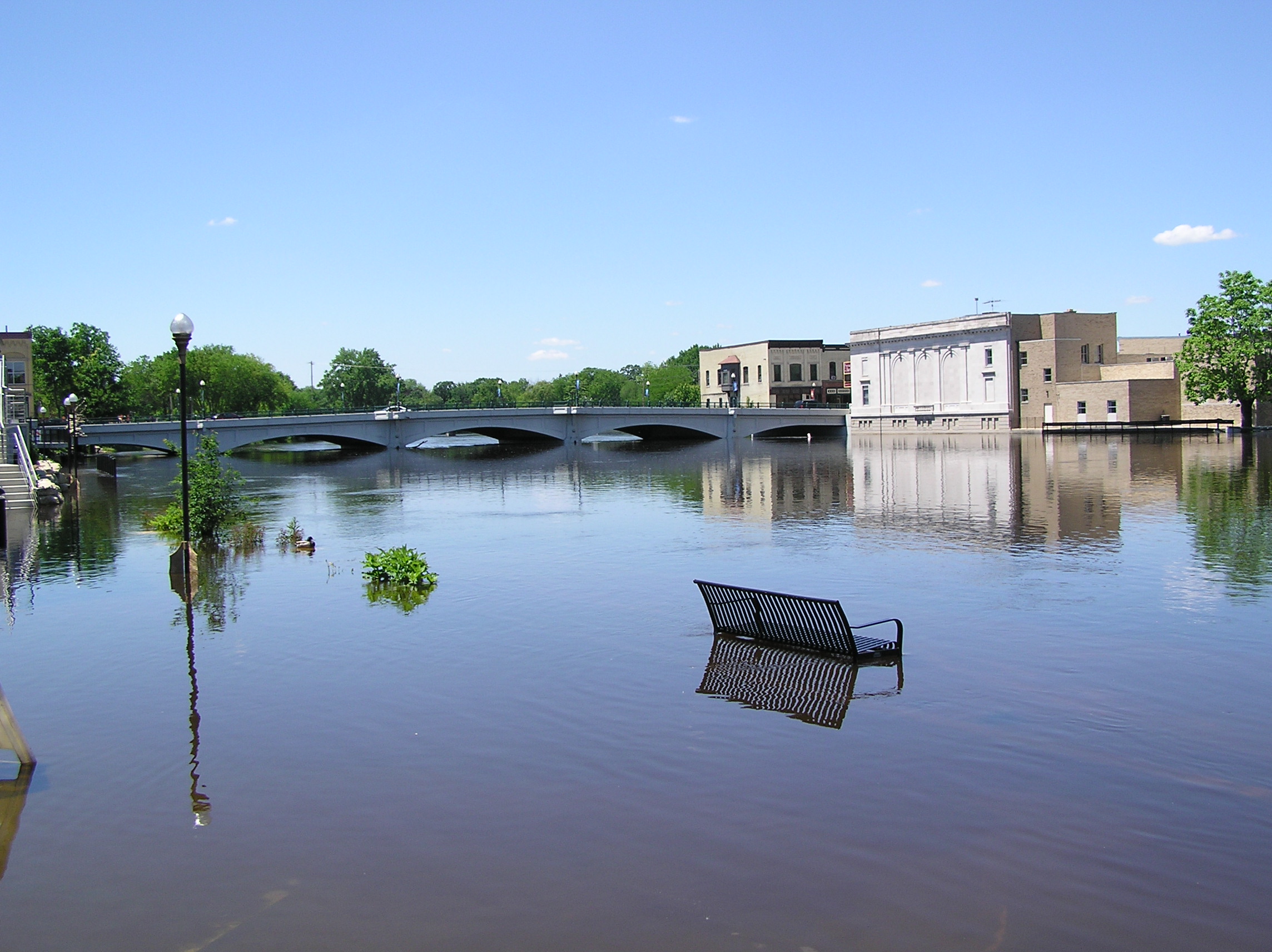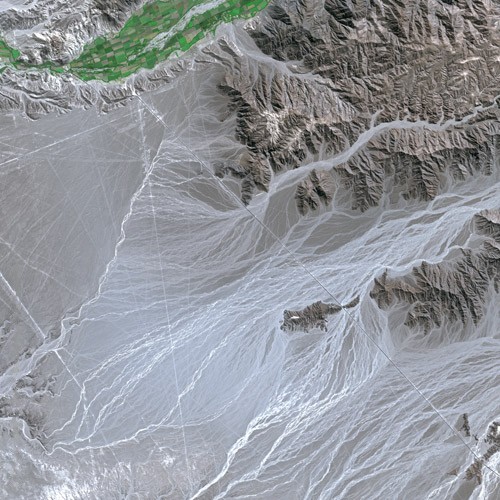|
Intaglio (burial Mound)
In North American archaeology, intaglio () is a term from art applied to burial mounds that refers to a design cut into a hard surface. In this case, the burial mounds have designs cut into the ground, though ''intaglio'' broadly applies to burial mounds which are raised above the natural surface of the terrain. There are much more rare forms where they are left as indents below the natural terrain. These are typically in some effigy shape such as the Panther Intaglio Effigy Mound, which can be seen in Fort Atkinson, Wisconsin, where it is the last remaining intaglio mound in the state. References See also * Blythe Intaglios * Geoglyph * Nazca Lines (famous example) Types of monuments and memorials Italian words and phrases Archaeology of the United States {{archaeology-stub ... [...More Info...] [...Related Items...] OR: [Wikipedia] [Google] [Baidu] |
Tumulus
A tumulus (plural tumuli) is a mound of earth and stones raised over a grave or graves. Tumuli are also known as barrows, burial mounds or ''kurgans'', and may be found throughout much of the world. A cairn, which is a mound of stones built for various purposes, may also originally have been a tumulus. Tumuli are often categorised according to their external apparent shape. In this respect, a long barrow is a long tumulus, usually constructed on top of several burials, such as passage graves. A round barrow is a round tumulus, also commonly constructed on top of burials. The internal structure and architecture of both long and round barrows has a broad range; the categorization only refers to the external apparent shape. The method of may involve a dolmen, a cist, a mortuary enclosure, a mortuary house, or a chamber tomb. Examples of barrows include Duggleby Howe and Maeshowe. Etymology The word ''tumulus'' is Latin for 'mound' or 'small hill', which is derived from th ... [...More Info...] [...Related Items...] OR: [Wikipedia] [Google] [Baidu] |
Panther Intaglio Effigy Mound
The Panther Intaglio Effigy Mound is a ground depression in Fort Atkinson, Wisconsin. The effigy is a reverse mound: a depression in the shape of a panther or water spirit scooped out by prehistoric Native Americans in the United States, Native Americans. In the mid-1800s ten of these reverse effigy mounds were found in Wisconsin, but all except this one have been destroyed. It was added to the National Register of Historic Places in 1970. The vast majority of effigy mounds are mounds, where people piled soil a few feet above the natural surface of the ground to form the shape of some animal or geometric object. In contrast, an Intaglio (burial mound), intaglio "mound" is a ''hole'' dug in the shape of the object. The Panther Intaglio in Fort Atkinson is a cavity 125 feet long and two feet deep on the north side of the Rock River (Mississippi River tributary), Rock River. The shape of the hole has been described as a lizard, a panther, and a water spirit. Whatever was intended, the ... [...More Info...] [...Related Items...] OR: [Wikipedia] [Google] [Baidu] |
Fort Atkinson, Wisconsin
Fort Atkinson is a city in Jefferson County, Wisconsin, Jefferson County, Wisconsin, United States. It is on the Rock River (Illinois), Rock River, a few miles upstream from Lake Koshkonong. The population was 12,579 at the 2020 census. Fort Atkinson is the largest city located entirely in Jefferson County, as Watertown, Wisconsin, Watertown is split between Jefferson and Dodge Counties. History Fort Atkinson was named after General Henry Atkinson (soldier), Henry Atkinson, the commander of U.S. forces in the area during the Black Hawk War (1832) against a mixed band of Sauk people, Sauk, Meskwaki and Kickapoo people, Kickapoo peoples. The city developed at the site of Fort Koshkonong, which was used during that war. A replica of the original 1832 stockade has been built just outside town, although not at the original site. The fort was located to control the confluence of the Rock and Bark River (Rock River), Bark rivers. The settlement grew rapidly in the mid-19th century, afte ... [...More Info...] [...Related Items...] OR: [Wikipedia] [Google] [Baidu] |
Blythe Intaglios
The Blythe Intaglios or Blythe Geoglyphs are a group of gigantic figures incised on the ground near Blythe, California, in the Colorado Desert. The ground drawings or geoglyphs were created by humans for an, as yet, unknown reason. The intaglios are located east of the Big Maria Mountains, about north of downtown Blythe, just west of U.S. Highway 95 near the Colorado River. The Blythe Intaglios are the most well-known of the over 200 intaglios in the Colorado Desert. The Colorado Desert contains the only known desert intaglios in North America. These intaglios are mostly located along the Colorado River. The Blythe Intaglios contain three human figures, two four-legged animals, and a spiral; although Harner (1953) reported two spirals. The largest human figure in the Blythe Intaglio group is long. The intaglios are best viewed from the air. Geoglyphs are found throughout the world, the construction methods ranging from earthen mounds, piles of stone, or the removal of surfac ... [...More Info...] [...Related Items...] OR: [Wikipedia] [Google] [Baidu] |
Geoglyph
A geoglyph is a large design or motif (generally longer than 4 metres) produced on the ground by durable elements of the landscape, such as stones, stone fragments, gravel, or earth. A positive geoglyph is formed by the arrangement and alignment of materials on the ground in a manner akin to petroforms, while a negative geoglyph is formed by removing part of the natural ground surface to create differently coloured or textured ground in a manner akin to petroglyphs. Geoglyphs are generally a type of land art, and sometimes rock art. A hill figure is created on a slope, so that it can be seen from a distance. Ancient Perhaps the most famous geoglyphs are the Nazca lines in Peru. The cultural significance of these geoglyphs for their creators remains unclear, despite many hypotheses. The "Works of the Old Men" in Arabia, "stone-built structures that are far more numerous than (the) Nazca Lines, far more extensive in the area that they cover, and far older," have been descr ... [...More Info...] [...Related Items...] OR: [Wikipedia] [Google] [Baidu] |
Nazca Lines
The Nazca Lines are a group of geoglyphs made in the soil of the Nazca Desert in southern Peru. They were created between 500 BCE and 500 CE by people making depressions or shallow incisions in the desert floor, removing pebbles and leaving differently colored dirt exposed. There are two major phases of the Nazca lines, Paracas phase, from 400 to 200 BCE, and Nazca phase, from 200 BCE to 500 CE. In the years leading up to 2020, between 80 and 100 new figures had been found with the use of drones, and archaeologists believe that there are more to be found. Most lines run straight across the landscape, but there are also figurative designs of animals and plants. The individual figurative geoglyph designs measure between across. The combined length of all the lines is more than , and the group covers an area of about . The lines are typically deep. They were made by removing the top layer of reddish-brown iron oxide-coated pebbles to reveal a yellow-grey subsoil. The ... [...More Info...] [...Related Items...] OR: [Wikipedia] [Google] [Baidu] |
Intaglio (other)
{{disambiguation ...
Intaglio, the process of cutting a design into a surface, may refer to: * Intaglio, a type of engraved gem or metal signet ring * Intaglio (printmaking), a group of printmaking techniques, including engraving and etching * Intaglio (rock art) * Intaglio (burial mound), a technique for decorating North American burial mounds ** Blythe Intaglios, large Native American designs on the ground in California * Intaglio (dentistry), the interior surface of a denture * Intaglio (conference), an Indian business school conference * '' Intaglio: A Novel in Six Stories'', a novel by Roberta Fernández See also * Relief Relief is a sculptural method in which the sculpted pieces are bonded to a solid background of the same material. The term ''relief'' is from the Latin verb ''relevo'', to raise. To create a sculpture in relief is to give the impression that the ... [...More Info...] [...Related Items...] OR: [Wikipedia] [Google] [Baidu] |
Intaglio (printmaking)
Intaglio ( ; ) is the family of printing and printmaking techniques in which the image is incised into a surface and the incised line or sunken area holds the ink. It is the direct opposite of a relief print where the parts of the matrix that make the image stand ''above'' the main surface. Normally, copper or in recent times zinc sheets, called plates, are used as a surface or matrix, and the incisions are created by etching, engraving, drypoint, aquatint or mezzotint, often in combination. Collagraphs may also be printed as intaglio plates. After the decline of the main relief technique of woodcut around 1550, the intaglio techniques dominated both artistic printmaking as well as most types of illustration and popular prints until the mid 19th century. Process In intaglio printing, the lines to be printed are cut into a metal (e.g. copper) plate by means either of a cutting tool called a burin, held in the hand – in which case the process is called ''engraving''; or t ... [...More Info...] [...Related Items...] OR: [Wikipedia] [Google] [Baidu] |
Types Of Monuments And Memorials
Type may refer to: Science and technology Computing * Typing, producing text via a keyboard, typewriter, etc. * Data type, collection of values used for computations. * File type * TYPE (DOS command), a command to display contents of a file. * Type (Unix), a command in POSIX shells that gives information about commands. * Type safety, the extent to which a programming language discourages or prevents type errors. * Type system, defines a programming language's response to data types. Mathematics * Type (model theory) * Type theory, basis for the study of type systems * Arity or type, the number of operands a function takes * Type, any proposition or set in the intuitionistic type theory * Type, of an entire function ** Exponential type Biology * Type (biology), which fixes a scientific name to a taxon * Dog type, categorization by use or function of domestic dogs Lettering * Type is a design concept for lettering used in typography which helped bring about modern textual printin ... [...More Info...] [...Related Items...] OR: [Wikipedia] [Google] [Baidu] |
Italian Words And Phrases
Italian(s) may refer to: * Anything of, from, or related to the people of Italy over the centuries ** Italians, an ethnic group or simply a citizen of the Italian Republic or Italian Kingdom ** Italian language, a Romance language *** Regional Italian, regional variants of the Italian language ** Languages of Italy, languages and dialects spoken in Italy ** Italian culture, cultural features of Italy ** Italian cuisine, traditional foods ** Folklore of Italy, the folklore and urban legends of Italy ** Mythology of Italy, traditional religion and beliefs Other uses * Italian dressing, a vinaigrette-type salad dressing or marinade * Italian or Italian-A, alternative names for the Ping-Pong virus, an extinct computer virus See also * * * Italia (other) * Italic (other) * Italo (other) * The Italian (other) * Italian people (other) Italian people may refer to: * in terms of ethnicity: all ethnic Italians, in and outside of Italy * in ... [...More Info...] [...Related Items...] OR: [Wikipedia] [Google] [Baidu] |





